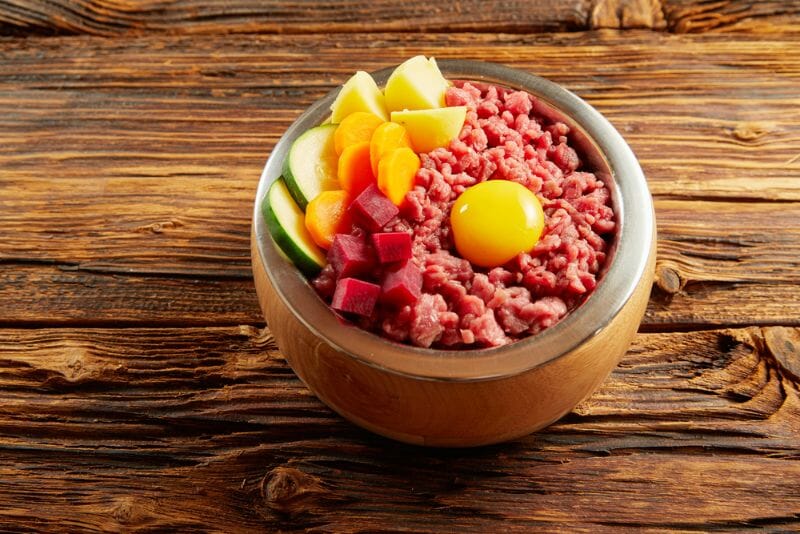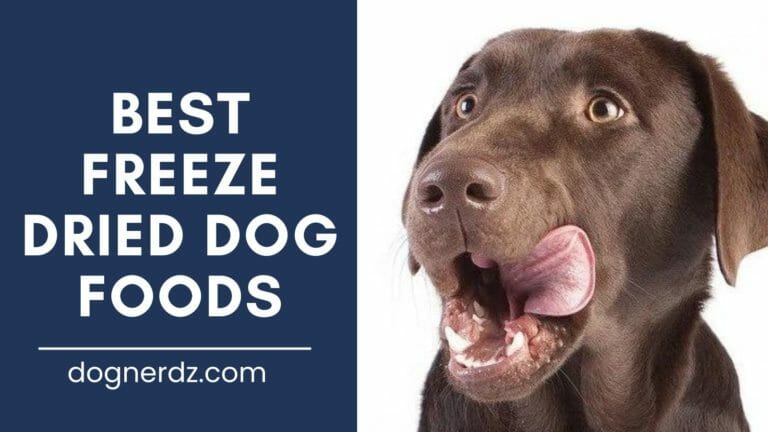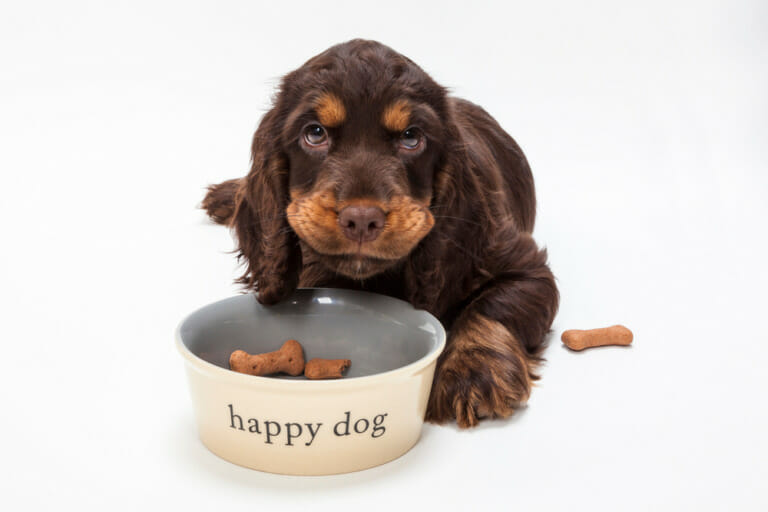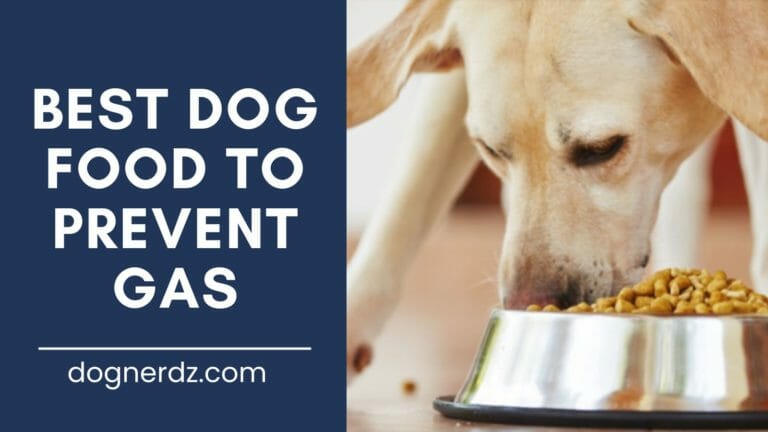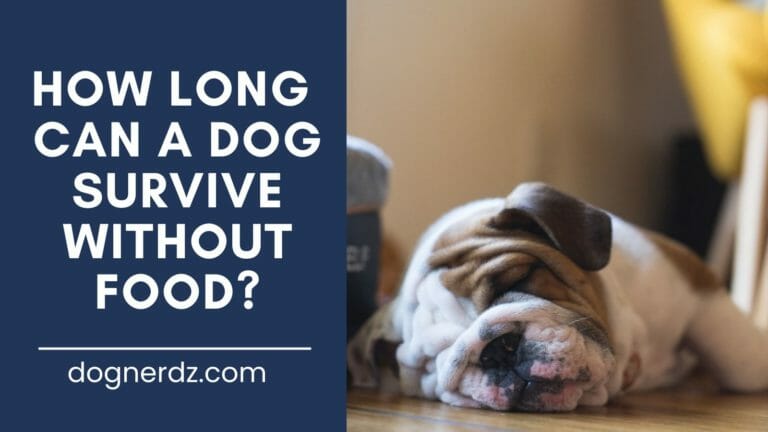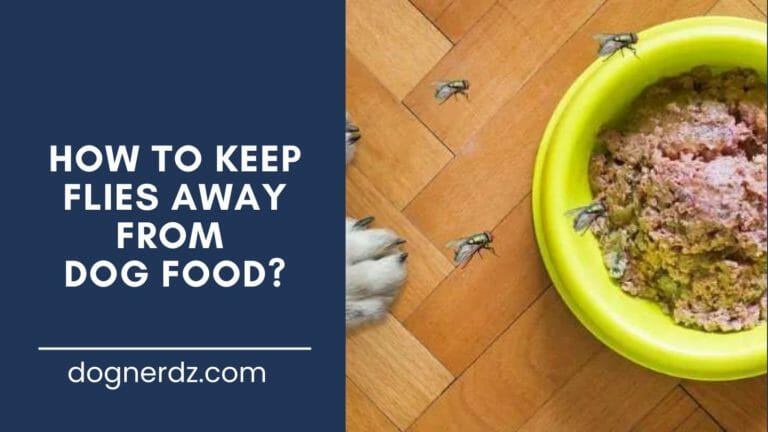How to Introduce Dog to a Raw Food Diet
Many **man-made munchies** pack in a bunch of extras to hide the not-so-yummy bits.
Although this can serve to entice your dog, there are rarely any health advantages. It could take some time to transition your dog from processed “delicious” food to a healthy and beneficial raw diet.
The transition is a slow and sometimes arduous period if not done right. Today we will help you along with the gradual transition and familiarize you with the benefits of a raw diet for your pooch.
Let’s take this one step at a time, first by understanding your dog’s dining preferences.
Table of Contents
Get to Know What Your Pet Likes to Eat
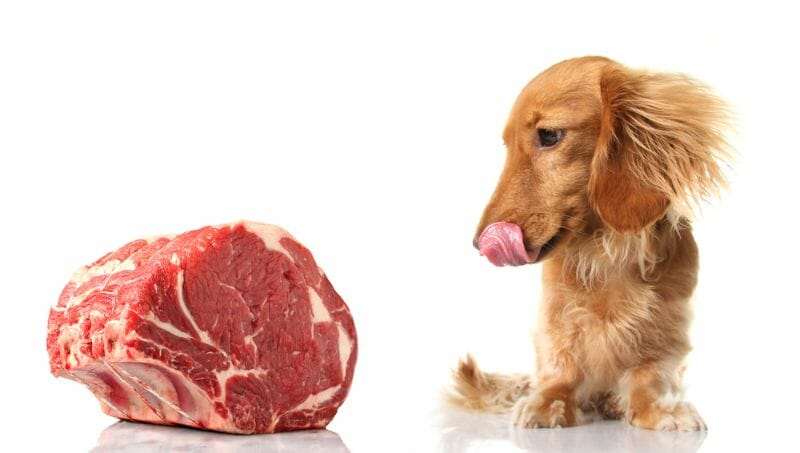
Since a raw diet will not have any help in masking the appealing or off-putting taste, it’s imperative to identify what your dog likes and dislikes.
1. The Texture
A problem we commonly see in the transition is your pets being averse to the texture of the new food. It may look a little strange to your pooch and even smell a bit weird. One thing you can do on your part to ensure your dog will have an easier time with the switch is to create the same consistency.
Making the best raw dog food into pellets or whatever your dog is used to could help ease the process.
2. The Temperature
Other than the consistency, even the temperature matters. Some pets are used to room-temperature food, and suddenly introducing them to frozen raw patties can be quite a shock. Try your best to deliver the food at the same temperature.
3. The Freshness
For the more clever and picky pups, they may even notice how fresh the food is. They might turn their nose up at raw food that has been sitting open for a while. In this case, you may have to accommodate the dogs by creating the meal no more than 30 minutes beforehand.
4. Picky Eaters
Picky eaters can be natural, but a lot of them are bred over time with pawrents’ over-coddling and added incentives just to get them to eat their food. If this is the case with your dog, you may need to train that out of him by removing his food if he doesn’t eat it. This will teach him that food is a scarcity that will disappear if he doesn’t take advantage of it.
However, since a dog’s nose is much more sensitive than ours, they may be smelling something in the beginning stages of rot or expiration that is still undetectable to us. Take a closer look at the food to determine if it’s going bad.
5. Switch the Position
On the other hand, some pets are less clever and associate a new feeding location to new food, even if that’s not the case. Sometimes simply placing your pup’s bowl in a different location will trick him into thinking it’s something new and get him to start gobbling again.
6. It Just Doesn’t Sit Right
There are times when the ingredients in the food just don’t sit well with your pooch. Perhaps the new raw diet is upsetting his stomach. In this case, adding additional probiotics can help or consider switching to a different source of protein or to eliminate certain ingredients that might upset your pet.
7. Consistent Feeding
Your pooch may snub the food simply because he isn’t hungry. This can happen to those who adopt a free feeding regimen. We would suggest introducing food as a rarity to really teach your dog the value of his meals. This will also encourage him to gobble up the contents without most of it going to waste.
Steps for Switching Dog to Raw Dog Food
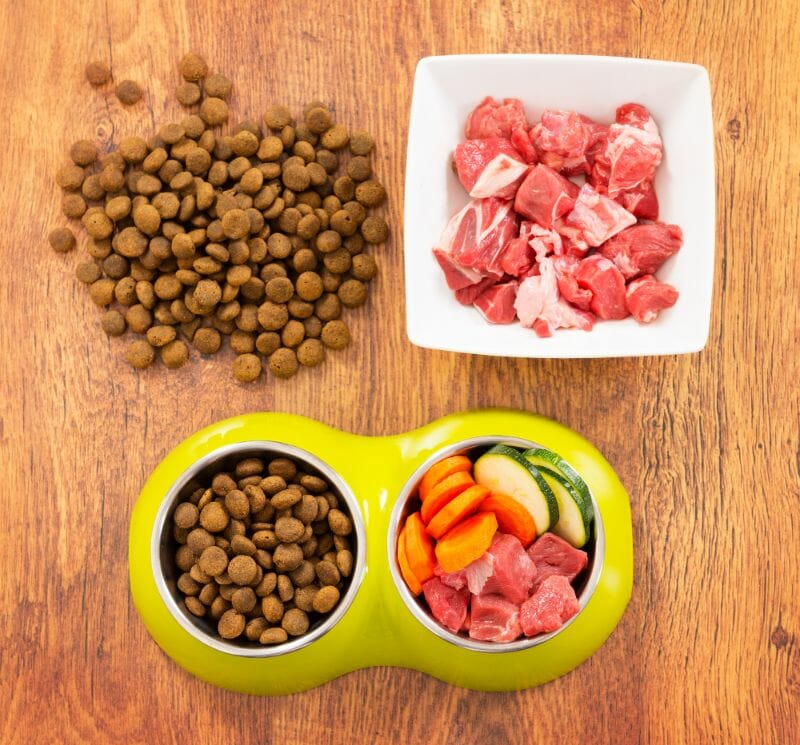
Basically, there are two ways to introduce the new raw diet – cold turkey or slowly. As the name suggests, a rapid switch means the transition is sudden, going from a kibble diet to a full-fledged raw diet the next day.
A slow transition is a safer and generally more successful route to take during a switch. It can take anywhere from a week to two weeks to fully start a raw diet.
This takes into account all factors such as your dog’s activity level, age, life stage, and weight.
The slow transition from kibble to raw is different from switching kibble to kibble. The two should never be mixed.
Start with one feeding of regular kibble and two of raw if you provide three meals a day. You then start to decrease the amount of dry kibble and replace it with raw food until eventually, your dog’s diet is fully raw.
If you are unsure about how quickly to do it, your dog’s excrement is a good indicator. If you notice loose or runny stool, maybe bring back some kibble and go about the integration process more slowly.
Ideally, your dog should adjust to the process and have a firm stool the whole way through. If not, you can take a look at the best dog food for firm stools.
Since raw food equals unprocessed ingredients and raw nutrients, you need to be feeding your dog the best. For senior dogs, they may need an extra boost of probiotics and enzymes to help the process along.
Related Articles:
Can Dogs Eat Raw Meat? (The Truth About Raw Dog Food Diet)
Best Dog Foods for Senior Dogs
There is also a step-by-step process for the meats you introduce. For example, chicken can is an easier to digest protein compared to beef.
So for the sake of the switch, look to substitute the meats according to the graph below:
+ Day 1-2 – Chicken
+ Day 3-4 – Chicken with some organs
+ Day 5-6 – Turkey
+ Day 7+ – Beef
For day 7+, you can substitute the beef for any other protein source your dog prefers such as duck, bison, pork, lamb, etc.
Cooking the Food
The title can be misleading since we are talking about a raw food diet, but when we say cook the food, we only mean slightly. This is to help your dog acclimate to the texture, temperature, and taste of raw ingredients.
Think about just lightly searing the protein meats and slightly boiling the veggies.
Cook the food less and less as the days go on if you are experimenting with your own recipes. If you are purchasing raw food, be aware that there are most likely bones in the ingredients, and should not be cooked. Read the packaging carefully!
You can also look into creating your own raw dog food recipes from the start just to help with the change and then opt for commercial raw food.
What to Expect After Switching Your Dog to A Raw Dog Food Diet
It’s only natural to be faced with certain changes after a big switch from kibble to raw diet. If you see signs of any of the following, don’t panic it’s normal!
Drinking Less Water
No, your pup isn’t sick, because the decrease in water consumption stems from the raw diet containing large amounts of moisture, which substitutes water intake. However, it’s important to still make water available to your canine.
Poop Consistency
A change in diet for any animal will result in changes in stool consistency. Don’t be alarmed if the poop is softer, less firm or less frequent. Less frequency just means that most of the nutrients are being utilized and don’t pass through the body as waste.
Detox
The symptoms of detoxification can be scary for pet owners who don’t know what to look for. It’s natural for your pet to go through a detoxification process that will result in excretion from different orifices such as the eyes and ears, and some may even shed their dull fur in place of a newer and healthier one.
In general, if your pooch isn’t exhibiting signs of lethargy and not eating or drinking, you should chalk it up to the detoxification process of a raw diet and as the first step towards a healthier lifestyle.
Extra Tips for Transitioning Dog to Raw Dog Food
To make life easier for you and your pooch, follow our tips below to avoid unnecessary hurdles.
To give your dog a clean slate before raw food, consider fasting him for half a day to a day. This will allow his system to process all the remaining food and clear out his stomach and intestinal tract, which will result in a smoother transition.
Cold food can cause some dogs to feel upset and throw up. When feeding raw food, consider letting the ingredients thaw out to room temperature at least beforehand.
It’s okay if your dog isn’t super welcoming to the new bowl of alien food. Dogs aren’t sure what it is and why it smells different, which could take some time to get accustomed to. Give them some time, and with a bit of patience and bonding with your dog, you will both be able to come up with recipes that he will enjoy.
Conclusion
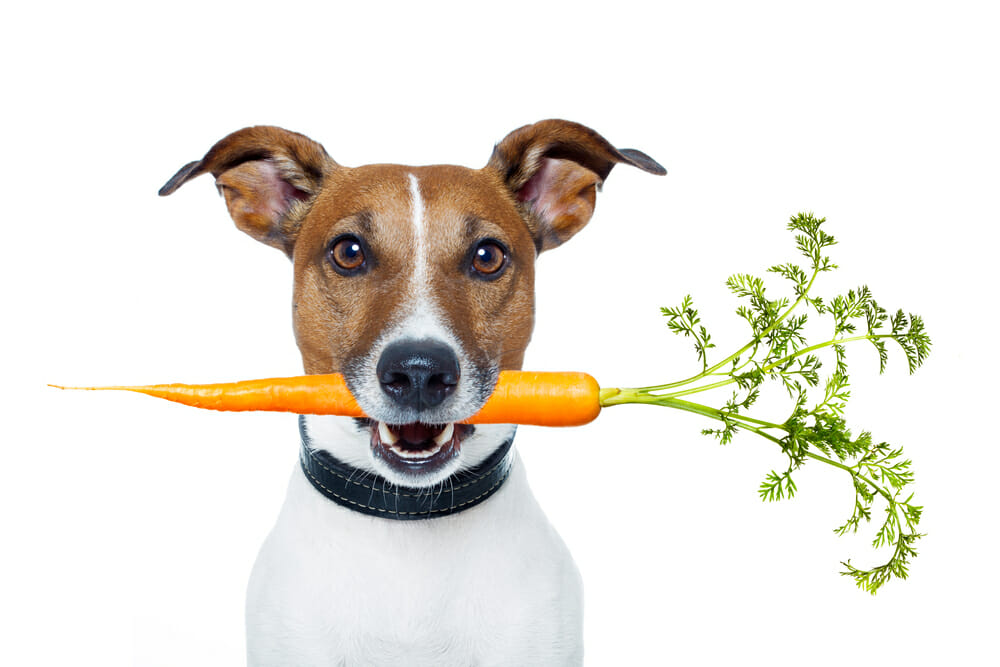
It may seem like a lot of work, but there are a lot of hidden benefits to switching your dog to his ancestral raw diet. Some of these advantages include less poop to clean, better digestion, healthier coats and skin, reduced allergies, and more.
Take the time to get to know your pooch to curate the perfect recipe for his liking and his health. Remember to be patient and take every possible step to make sure the transition is a smooth one for both parties.

